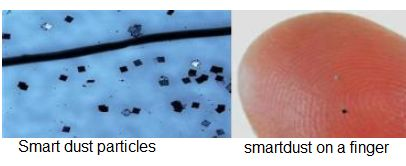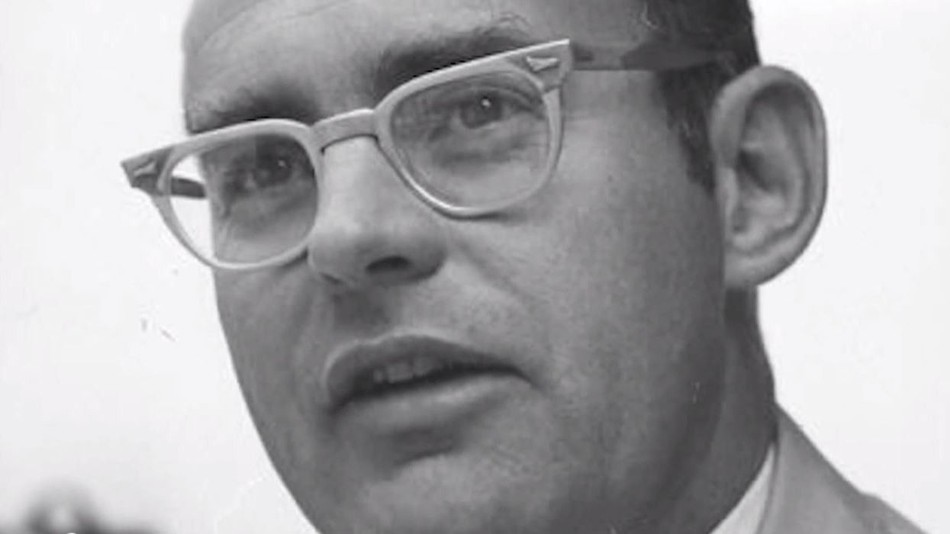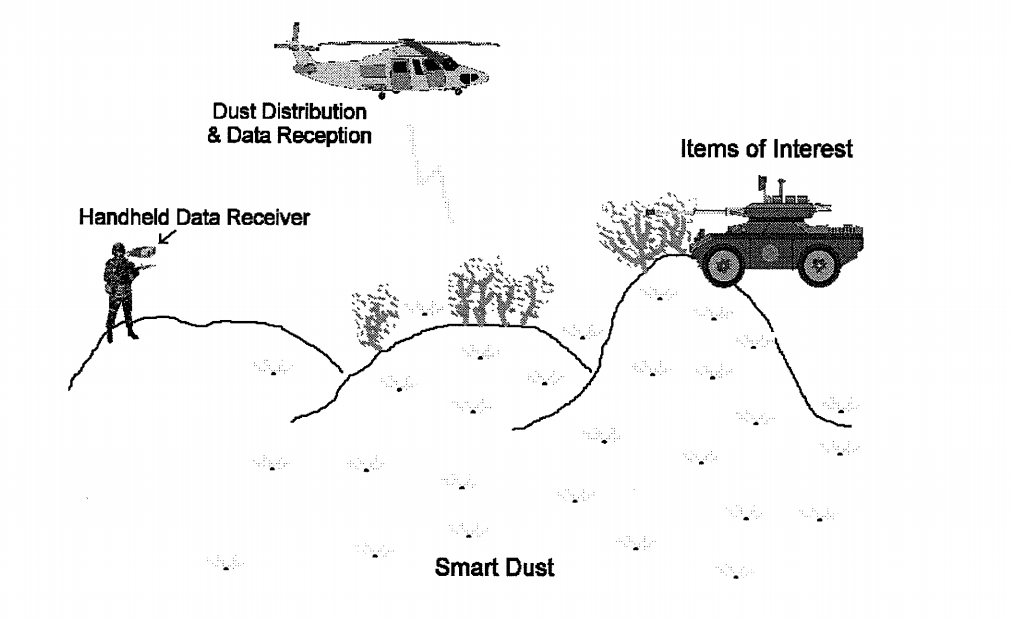https://medium.com/@karen.tran913/the-start-of-smart-dust-b44dffcab543
The Start of Smart Dust
A new camera/sensor, the size of a grain of salt, has shaken up the technology world. These miniature cameras can operate wirelessly and are small enough to inject into the human body. Watch out for Smart Dust.
Sounds like something from a movie, right? Well this invention is very real and is changing the way we research and observe.

The Start of Something: Moore’s Law
The concept has been tossed around, from science studies to science fiction novels. While the invention of the device started in the mid 1990s, it was Moore’s Law that began this discussion. Moore’s Law dates back to 1965, where Gordon Moore (founder of Intel) predicted that the number of components that could fit on a single chip could double every 2 years. This prompted the idea of miniaturizing technology and has created huge change in the industry. Soon, gadgets are becoming smaller and more powerful.

Creating Smart Dust: Kristofer S. J. Pister
In the early 1990s, talks of the technology and its uses came from a workshop at RAND, with a heavy focus on military applications. The concept was heavily influenced by work at the UCLA and the University of Michigan.
In the mid 1990s, Kristofer S. J. Pister created a research proposal for Smart Dust, with Joe Kahn and Bernhard Boser from the University of California, Berkeley. The project was soon approved for funding, and secured Dr. Pister’s status as the inventor of Smart Dust. In 2001, the American military has conducted a surveillance test with these devices. Having calculated the speed and direction of 142 military vehicles, the test was deemed a huge success.

Eventually, Dr. Pister founded Dust Networks in 2004 (acquired by Linear Networks in 2011). The company has shifted its attention to commercial applications. Soon, other companies took notice due to its work in asset, environment and health monitoring. In supermarkets, automation is now becoming a reality, with promises to track inventory movement and reduce waits at checkouts with a reader that tracks everything in a shopping cart and provides bill to customers. As these sensors grow and become more intelligent, they start to adopt more tasks, like detecting humidity and temperature.
The Future of Smart Dust
Thanks to Gordon Moore and Dr. Pister, more companies are adopting this technology and are discovering new ways to utilize it.
Hewlett-Packard (HP) founded the Central Nervous System of the Earth (CeNSE) in 2010, which aims to launch billions of nanoscale sensors around to world to observe and gather data on the physical environment. The hopes is to improve the way humans and businesses manage environmental, biological and structural changes.
More and more talks of incorporating the technology with medical practices are popping up. There has been talks in integrating Smart Dust with human augmentation, through brain-computer interfaces (BCI). Elon Musk launched Neuralink in 2016, with hopes to treat brain disease and eventually lead to human enhancement.
The possibilities are endless with technology. While some might think these ideas are only possible in science fiction films, more and more companies are proving the wrong. Who knows? Next year, we might in line for brain implants or nanoscale home surveillance.
References
Gordon Moore. (n.d.). Retrieved March 14, 2018, from https://www.intel.com/content/www/us/en/history/museum-gordon-moore-law.html
The smart-dust revolution. (2003, November 20). Retrieved March 14, 2018, from https://www.economist.com/node/2173026
Pister, K. S. (n.d.). Smart Dust. Retrieved March 14, 2018, from https://people.eecs.berkeley.edu/~pister/SmartDust/SmartDustBAA97-43-Abstract.pdf
Rowinski, D. (2013, November 13). Connected Air: Smart Dust Is The Future Of The Quantified World. Retrieved March 14, 2018, from https://readwrite.com/2013/11/14/what-is-smartdust-what-is-smartdust-used-for/
Hewlett-Packard (2010). CeNSE. Retrieved March 14, 2018, from http://www8.hp.com/us/en/hp-information/environment/cense.html#.WqnfeZPwaqA
Sutter, J. D. (2010, May 3). Smart dust’ aims to monitor everything. Retrieved March 14, 2018, from http://www.cnn.com/2010/TECH/05/03/smart.dust.sensors/index.html



Inga kommentarer:
Skicka en kommentar